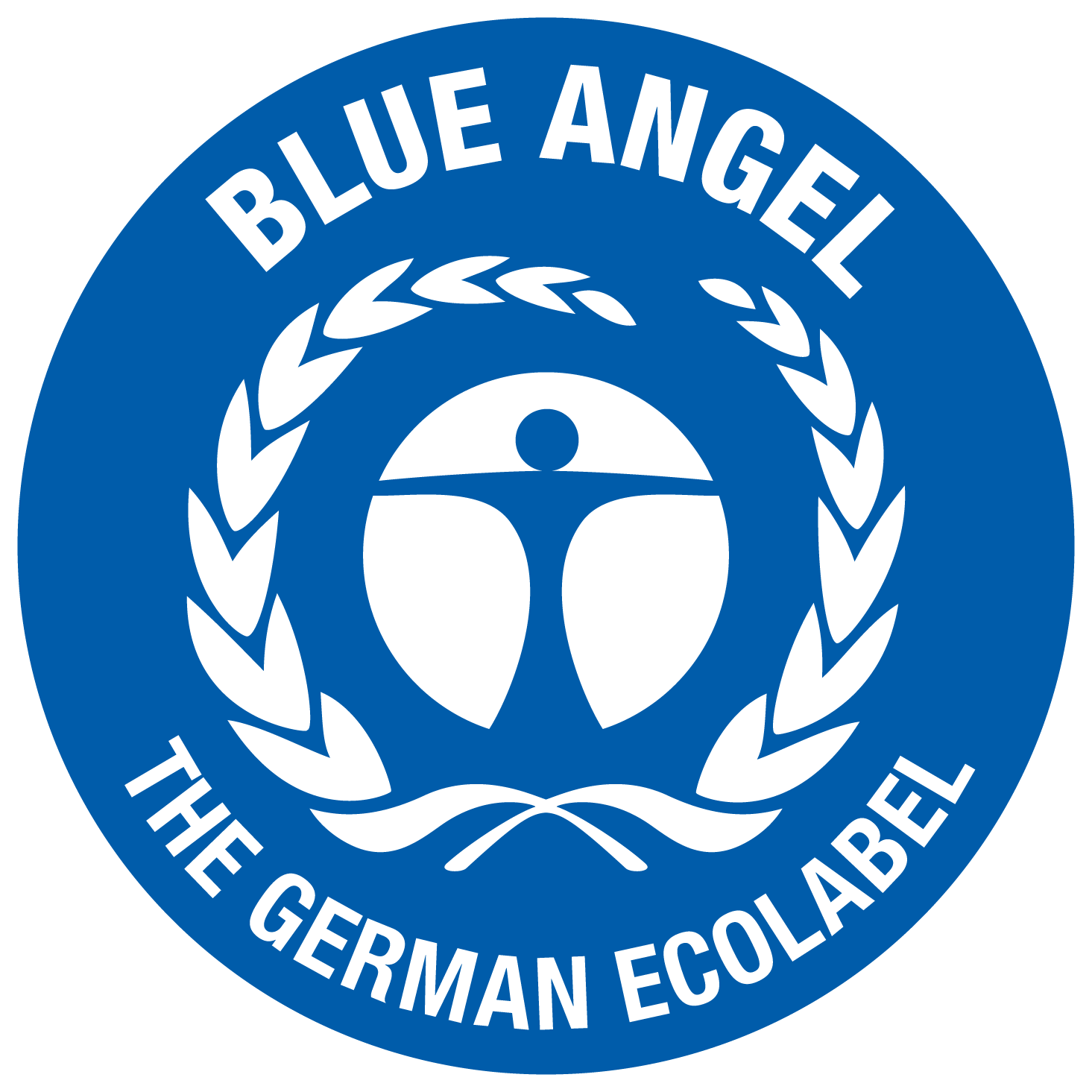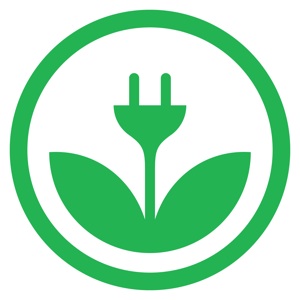|
EU Ecolabel
EU Ecolabel or EU Flower is a voluntary ecolabel scheme established in 1992 by the European Union. Logo The label includes a green flower with inclined green "ϵ" (epsilon, Greek epsilon) as the flower, surrounded by 12 blue stars. On EU Ecolabelled products, it must always be used together with the license number. Because of the logo, the label has a nickname ''EU Flower''. Governance The implementation of the EU Ecolabel is set through Regulation (EC) No 66/2010 of the European Parliament and of the Council. Its management is carried out by the European Commission and the national competent bodies. There is a competent body in each European Economic Area member state. The EU Ecolabel is part of a broader EU Action Plan on Sustainable Consumption and Production and Sustainable Industrial Policy adopted by the European Commission on 16 July 2008, which also links the EU Ecolabel to other EU policies such as Procurement#Green public procurement, green public procurement (GPP) a ... [...More Info...] [...Related Items...] OR: [Wikipedia] [Google] [Baidu] |
EU Ecolabel Logo
The European Union (EU) is a supranational union, supranational political union, political and economic union of Member state of the European Union, member states that are located primarily in Europe, Europe. The union has a total area of and an estimated total population of about 447million. The EU has often been described as a ''sui generis'' political entity (without precedent or comparison) combining the characteristics of both a federation and a confederation. Containing 5.8per cent of the world population in 2020, the EU generated a nominal gross domestic product (GDP) of around trillion in 2021, constituting approximately 18per cent of global nominal GDP. Additionally, all EU states but Bulgaria have a very high Human Development Index according to the United Nations Development Programme. Its cornerstone, the European Union Customs Union, Customs Union, paved the way to establishing European Single Market, an internal single market based on standardised European Un ... [...More Info...] [...Related Items...] OR: [Wikipedia] [Google] [Baidu] |
Ecolabel
Ecolabels (also "Eco-Labels") and Green Stickers are labeling systems for food and consumer products. The use of ecolabels is voluntary, whereas green stickers are mandated by law; for example, in North America major appliances and automobiles use Energy Star. They are a form of sustainability measurement directed at consumers, intended to make it easy to take environmental concerns into account when shopping. Some labels quantify pollution or energy consumption by way of index scores or units of measurement, while others assert compliance with a set of practices or minimum requirements for sustainability or reduction of harm to the environment. Many ecolabels are focused on minimising the negative ecological impacts of primary production or resource extraction in a given sector or commodity through a set of good practices that are captured in a sustainability standard. Through a verification process, usually referred to as " certification", a farm, forest, fishery, or mine can ... [...More Info...] [...Related Items...] OR: [Wikipedia] [Google] [Baidu] |
European Union
The European Union (EU) is a supranational political and economic union of member states that are located primarily in Europe. The union has a total area of and an estimated total population of about 447million. The EU has often been described as a ''sui generis'' political entity (without precedent or comparison) combining the characteristics of both a federation and a confederation. Containing 5.8per cent of the world population in 2020, the EU generated a nominal gross domestic product (GDP) of around trillion in 2021, constituting approximately 18per cent of global nominal GDP. Additionally, all EU states but Bulgaria have a very high Human Development Index according to the United Nations Development Programme. Its cornerstone, the Customs Union, paved the way to establishing an internal single market based on standardised legal framework and legislation that applies in all member states in those matters, and only those matters, where the states have agreed to ac ... [...More Info...] [...Related Items...] OR: [Wikipedia] [Google] [Baidu] |
Epsilon
Epsilon (, ; uppercase , lowercase or lunate ; el, έψιλον) is the fifth letter of the Greek alphabet, corresponding phonetically to a mid front unrounded vowel or . In the system of Greek numerals it also has the value five. It was derived from the Phoenician letter He . Letters that arose from epsilon include the Roman E, Ë and Ɛ, and Cyrillic Е, È, Ё, Є and Э. The name of the letter was originally (), but it was later changed to ( 'simple e') in the Middle Ages to distinguish the letter from the digraph , a former diphthong that had come to be pronounced the same as epsilon. The uppercase form of epsilon is identical to Latin E but has its own code point in Unicode: . The lowercase version has two typographical variants, both inherited from medieval Greek handwriting. One, the most common in modern typography and inherited from medieval minuscule, looks like a reversed number "3" and is encoded . The other, also known as lunate or uncial epsi ... [...More Info...] [...Related Items...] OR: [Wikipedia] [Google] [Baidu] |
European Commission
The European Commission (EC) is the executive of the European Union (EU). It operates as a cabinet government, with 27 members of the Commission (informally known as "Commissioners") headed by a President. It includes an administrative body of about 32,000 European civil servants. The Commission is divided into departments known as Directorates-General (DGs) that can be likened to departments or ministries each headed by a Director-General who is responsible to a Commissioner. There is one member per member state, but members are bound by their oath of office to represent the general interest of the EU as a whole rather than their home state. The Commission President (currently Ursula von der Leyen) is proposed by the European Council (the 27 heads of state/governments) and elected by the European Parliament. The Council of the European Union then nominates the other members of the Commission in agreement with the nominated President, and the 27 members as a team are t ... [...More Info...] [...Related Items...] OR: [Wikipedia] [Google] [Baidu] |
European Economic Area
The European Economic Area (EEA) was established via the ''Agreement on the European Economic Area'', an international agreement which enables the extension of the European Union's single market to member states of the European Free Trade Association. The EEA links the EU member states and three EFTA states (Iceland, Liechtenstein, and Norway) into an internal market governed by the same basic rules. These rules aim to enable free movement of persons, goods, services, and capital within the European single market, including the freedom to choose residence in any country within this area. The EEA was established on 1 January 1994 upon entry into force of the EEA Agreement. The contracting parties are the EU, its member states, and Iceland, Liechtenstein, and Norway. The EEA Treaty is a commercial treaty and differs from the EU Treaties in certain key respects. According to Article 1 its purpose is to "promote a continuous and balanced strengthening of trade and economic rel ... [...More Info...] [...Related Items...] OR: [Wikipedia] [Google] [Baidu] |
Procurement
Procurement is the method of discovering and agreeing to terms and purchasing goods, services, or other works from an external source, often with the use of a tendering or competitive bidding process. When a government agency buys goods or services through this practice, it is referred to as public procurement. Procurement as an organizational process is intended to ensure that the buyer receives goods, services, or works at the best possible price when aspects such as quality, quantity, time, and location are compared. Corporations and public bodies often define processes intended to promote fair and open competition for their business while minimizing risks such as exposure to fraud and collusion. Almost all purchasing decisions include factors such as delivery and handling, marginal benefit, and fluctuations in the prices of goods. Organisations which have adopted a corporate social responsibility perspective are also likely to require their purchasing activity to take wid ... [...More Info...] [...Related Items...] OR: [Wikipedia] [Google] [Baidu] |
Ecolabel
Ecolabels (also "Eco-Labels") and Green Stickers are labeling systems for food and consumer products. The use of ecolabels is voluntary, whereas green stickers are mandated by law; for example, in North America major appliances and automobiles use Energy Star. They are a form of sustainability measurement directed at consumers, intended to make it easy to take environmental concerns into account when shopping. Some labels quantify pollution or energy consumption by way of index scores or units of measurement, while others assert compliance with a set of practices or minimum requirements for sustainability or reduction of harm to the environment. Many ecolabels are focused on minimising the negative ecological impacts of primary production or resource extraction in a given sector or commodity through a set of good practices that are captured in a sustainability standard. Through a verification process, usually referred to as " certification", a farm, forest, fishery, or mine can ... [...More Info...] [...Related Items...] OR: [Wikipedia] [Google] [Baidu] |
Circular Economy
A circular economy (also referred to as circularity and CE) is a model of production and consumption, which involves sharing, leasing, reusing, repairing, refurbishing and recycling existing materials and products as long as possible. CE aims to tackle global challenges as climate change, biodiversity loss, waste, and pollution by emphasizing the design-based implementation of the three base principles of the model. The three principles required for the transformation to a circular economy are: eliminating waste and pollution, circulating products and materials, and the regeneration of nature. CE is defined in contradistinction to the traditional linear economy. The idea and concepts of circular economy (CE) have been studied extensively in academia, business, and government over the past ten years. CE has been gaining popularity since it helps to minimize emissions and consumption of raw materials, open up new market prospects and principally, increase the sustainability of ... [...More Info...] [...Related Items...] OR: [Wikipedia] [Google] [Baidu] |
Blue Angel (certification)
The Blue Angel is an environmental label in Germany that has been awarded to particularly environmentally friendly products and services since 1978. The owner of the label is the Federal Ministry for the Environment, Nature Conservation, Building and Nuclear Safety. History The Blue Angel is the ecolabel of the German government and was introduced in 1978 by the Federal Minister of the Interior, which was a person of the Free Democratic Party (Germany) (FDP) in these years. This ministry was also responsible for environmental protection at the time, and the responsible ministers in the German federal states. It was established with the aim of highlighting more environmentally friendly and healthy developments and alternatives in areas where standard products have a negative impact on the environment. Suppliers can label their products and services with the environmental label on a voluntary basis and provide interested customers with guidance as a result. The Blue Angel ... [...More Info...] [...Related Items...] OR: [Wikipedia] [Google] [Baidu] |
Ecolabelling
Ecolabels (also "Eco-Labels") and Green Stickers are labeling systems for food and consumer products. The use of ecolabels is voluntary, whereas green stickers are mandated by law; for example, in North America major appliances and automobiles use Energy Star. They are a form of sustainability measurement directed at consumers, intended to make it easy to take environmental concerns into account when shopping. Some labels quantify pollution or energy consumption by way of index scores or units of measurement, while others assert compliance with a set of practices or minimum requirements for sustainability or reduction of harm to the environment. Many ecolabels are focused on minimising the negative ecological impacts of primary production or resource extraction in a given sector or commodity through a set of good practices that are captured in a sustainability standard. Through a verification process, usually referred to as "certification", a farm, forest, fishery, or mine can sho ... [...More Info...] [...Related Items...] OR: [Wikipedia] [Google] [Baidu] |





